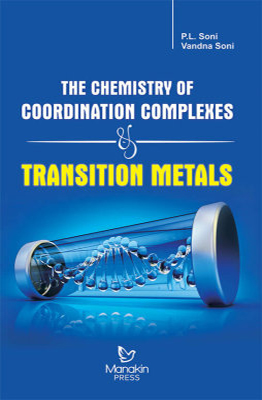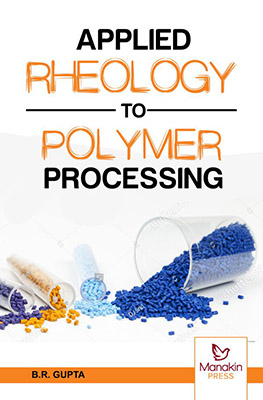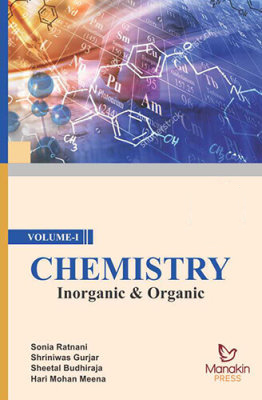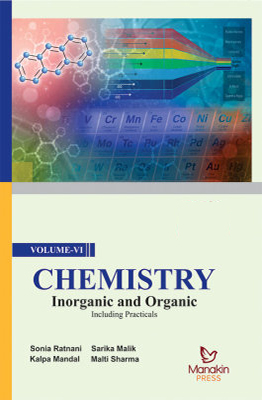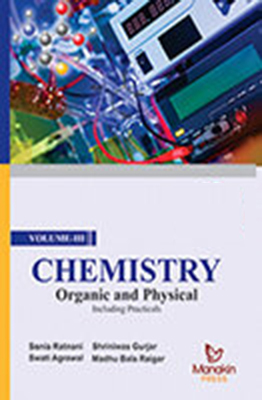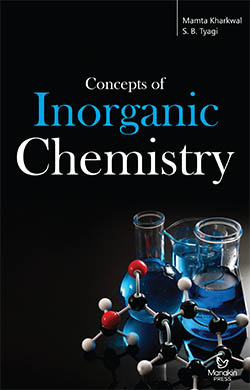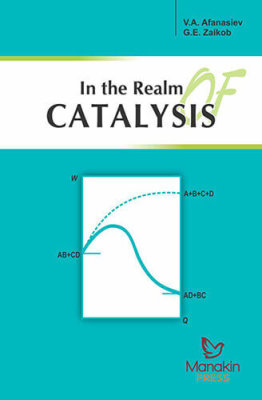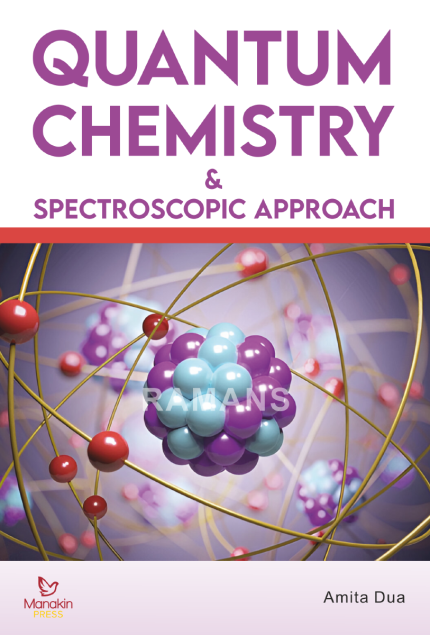The Chemistry of Coordination Complexes and Transition Metals
₹895.00
P.L. Soni | Vandna Soni | Category: Chemistry
Binding Type: Paperback Binding
Book Details
ISBN: 9788193877203
YOP: 2019
Pages: 425
Order also on
This book is divided in two volumes. Volume-1 covers all important nomenclature, theories of bonding and stereochemistry of coordination complexes. The authors have made an effort to inscribe the ideas knowledge, clearly and in an interesting way to benefit the readers. The complexities of Molecular Orbital theory have been explained in a very simple and easy manner.
The second volume deals with transition and inner transition metals. Conceptually, all transition and inner transition elements form complexes which have definite geometry and show interesting properties. General and specific methods of preparation, physical and chemical properties of each element has been discussed at length. Group wise study of elements in d-block series have been explained. Important compounds, complexes and organometallic compounds of metals in different oxidation states have been given explicitly.
Part–I: Coordination Chemistry
1. History of Complexes
2. Introduction
3. Correct Empirical Formula of Complexes
4. IUPAC System of Nomenclature
5. Isomerism and Stereochemistry
6. Bonding in Complexes
7. Preparation and Isolation of Complexes
8. Stability of Complex Ion
9. Kinetics or Inert and Labile Complexes
10. Substitution Reactions in Complexes
11. Coordination Complexes and Biological Systems
12. Uses and Applications of Coordination Complexes
13. Metal Carbonyls and Nitosyls
14. Organometallics
Part–II: Transition Metal Chemistry
1. General Characteristics of d-block Elements
2. Titanium Group
3. Vanadium Group
4. Chromium Group
5. The Cobalt Group
6. The Zinc Group
7. Inner Transition or f-block Elements: The Lanthanides
8. The Actinides
This book is divided in two volumes. Volume-1 covers all important nomenclature, theories of bonding and stereochemistry of coordination complexes. The authors have made an effort to inscribe the ideas knowledge, clearly and in an interesting way to benefit the readers. The complexities of Molecular Orbital theory have been explained in a very simple and easy manner.
The second volume deals with transition and inner transition metals. Conceptually, all transition and inner transition elements form complexes which have definite geometry and show interesting properties. General and specific methods of preparation, physical and chemical properties of each element has been discussed at length. Group wise study of elements in d-block series have been explained. Important compounds, complexes and organometallic compounds of metals in different oxidation states have been given explicitly.
Part–I: Coordination Chemistry
1. History of Complexes
2. Introduction
3. Correct Empirical Formula of Complexes
4. IUPAC System of Nomenclature
5. Isomerism and Stereochemistry
6. Bonding in Complexes
7. Preparation and Isolation of Complexes
8. Stability of Complex Ion
9. Kinetics or Inert and Labile Complexes
10. Substitution Reactions in Complexes
11. Coordination Complexes and Biological Systems
12. Uses and Applications of Coordination Complexes
13. Metal Carbonyls and Nitosyls
14. Organometallics
Part–II: Transition Metal Chemistry
1. General Characteristics of d-block Elements
2. Titanium Group
3. Vanadium Group
4. Chromium Group
5. The Cobalt Group
6. The Zinc Group
7. Inner Transition or f-block Elements: The Lanthanides
8. The Actinides
| Weight | 0.63 kg |
|---|---|
| Dimensions | 23.5 × 15.6 × 2.6 cm |
| yop |
2019 |
| subject-category |
Chemistry |
| isbn |
9788193877203 |

